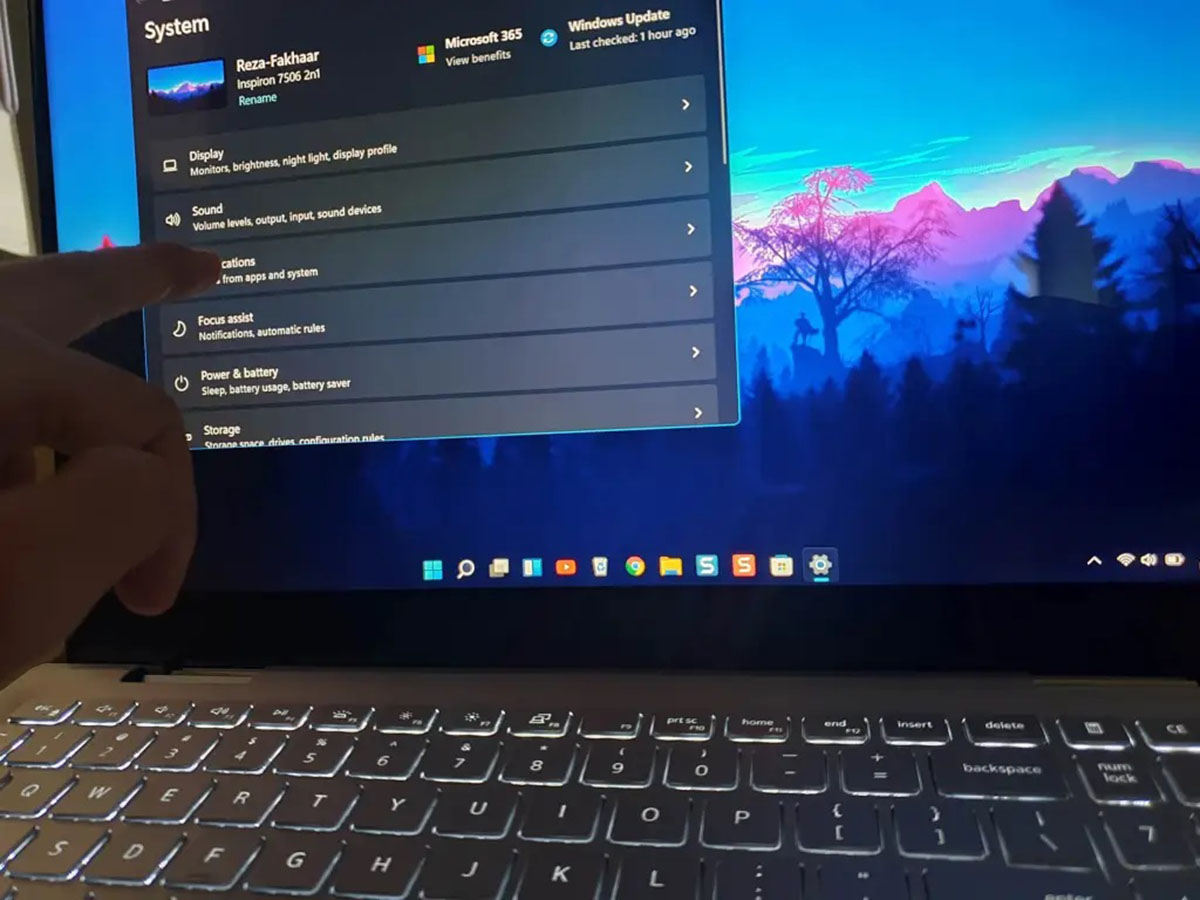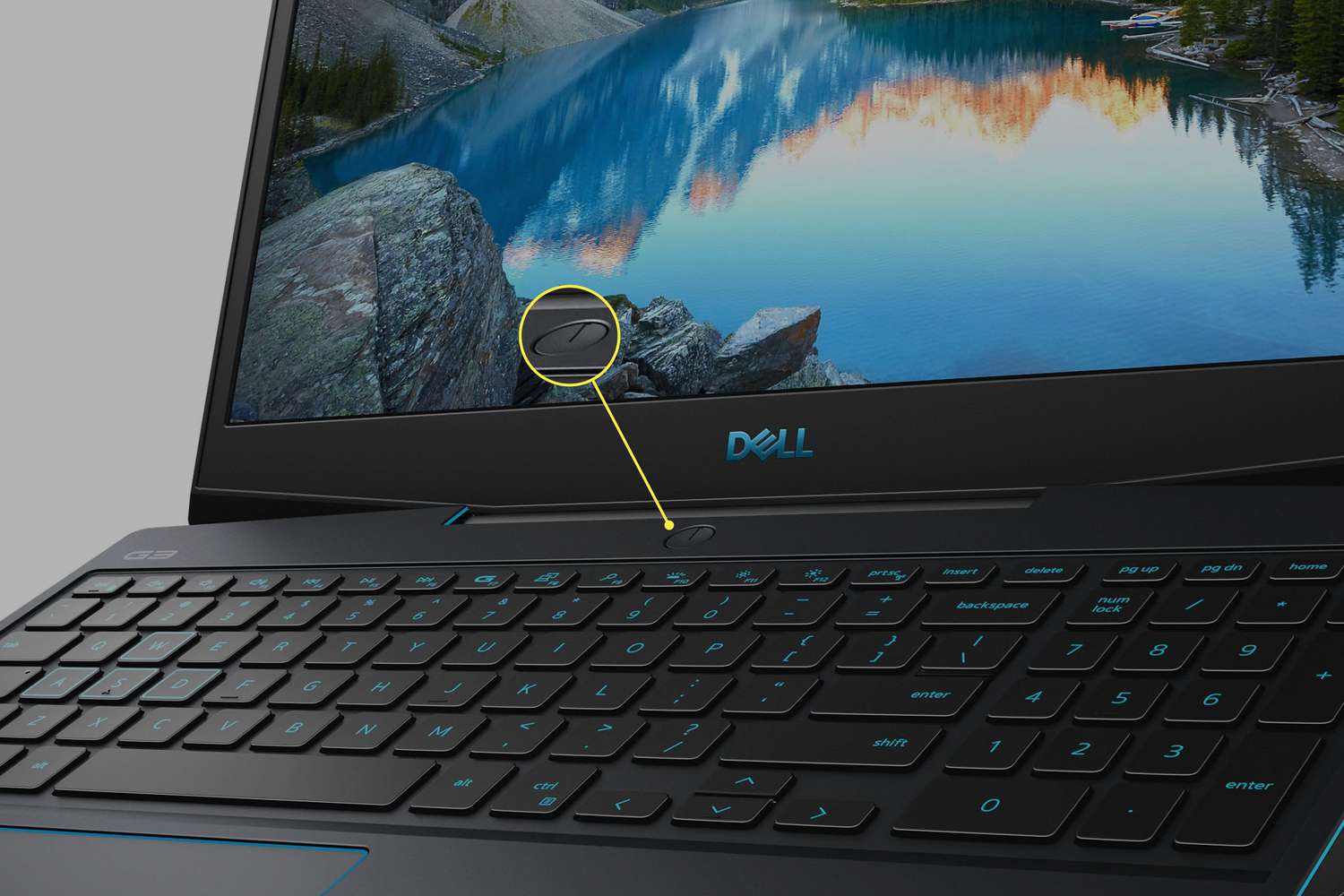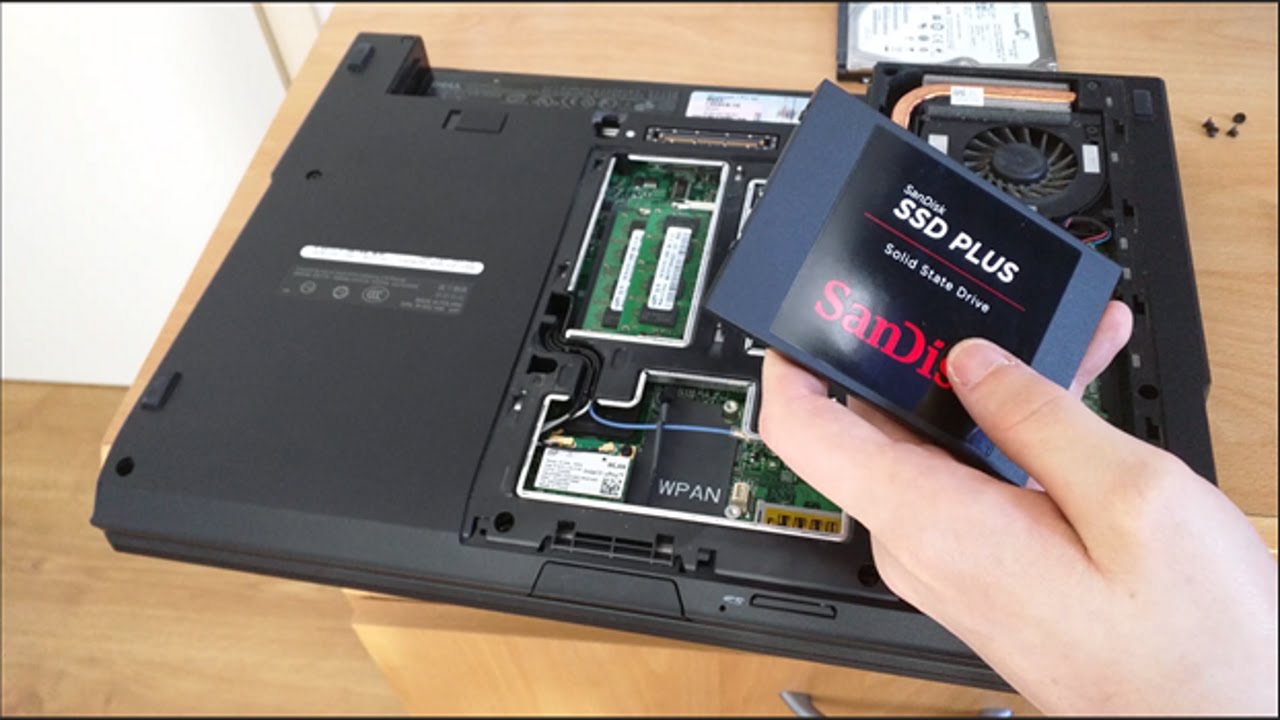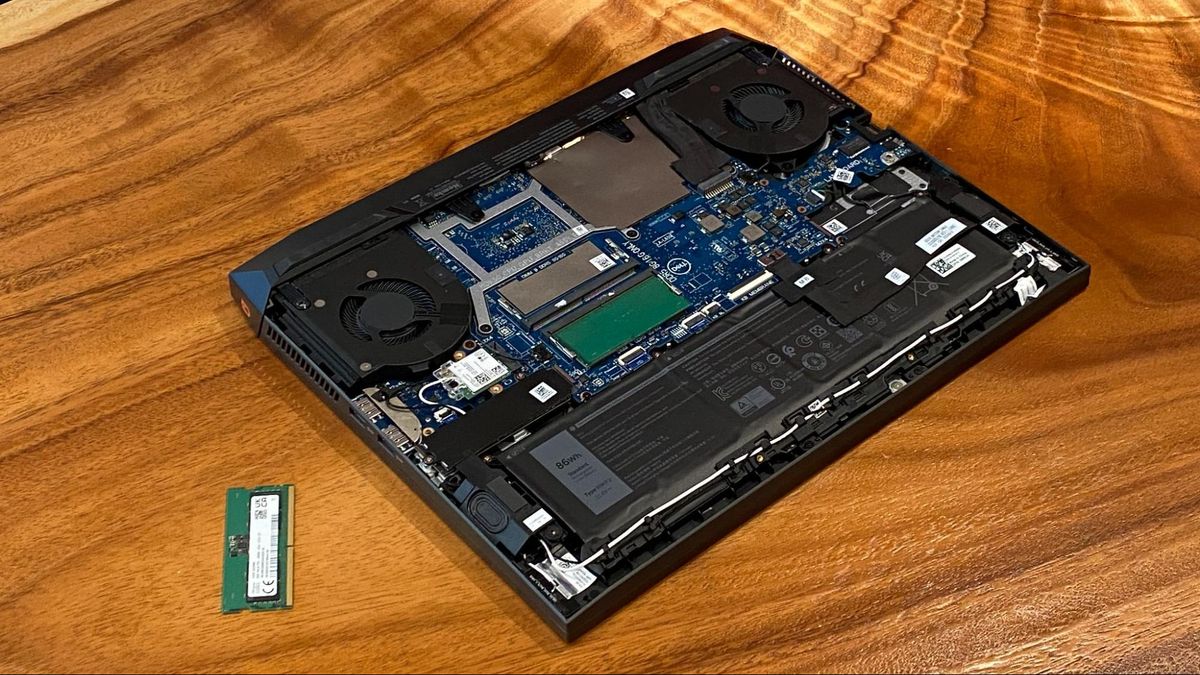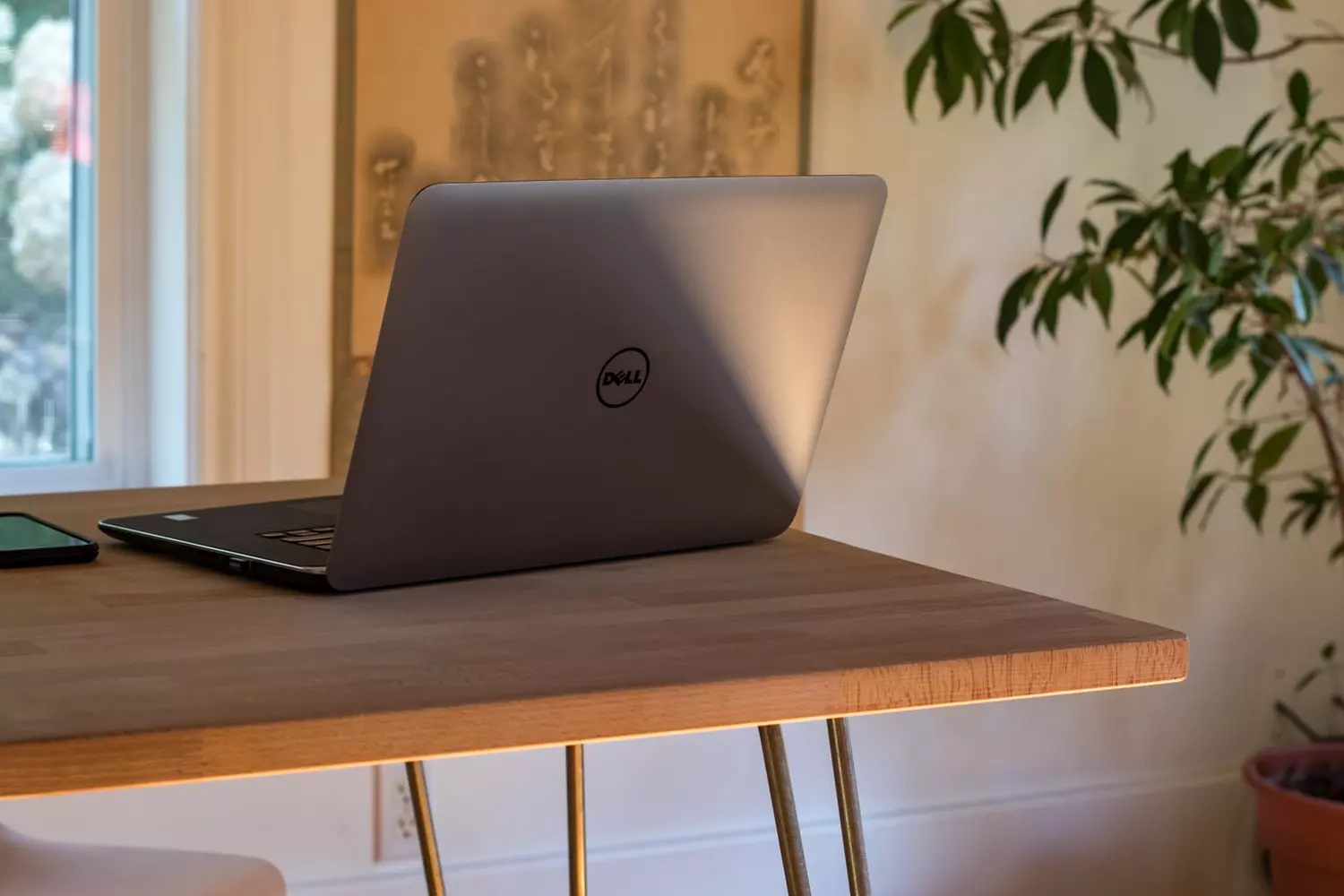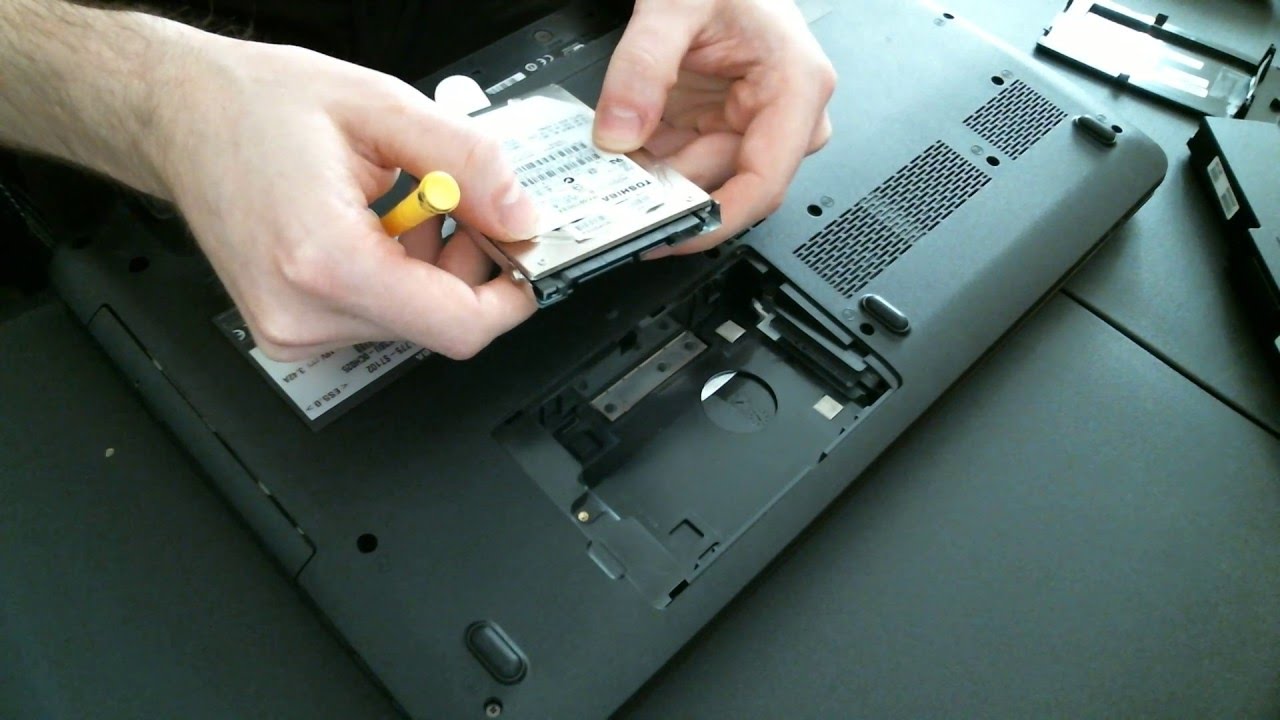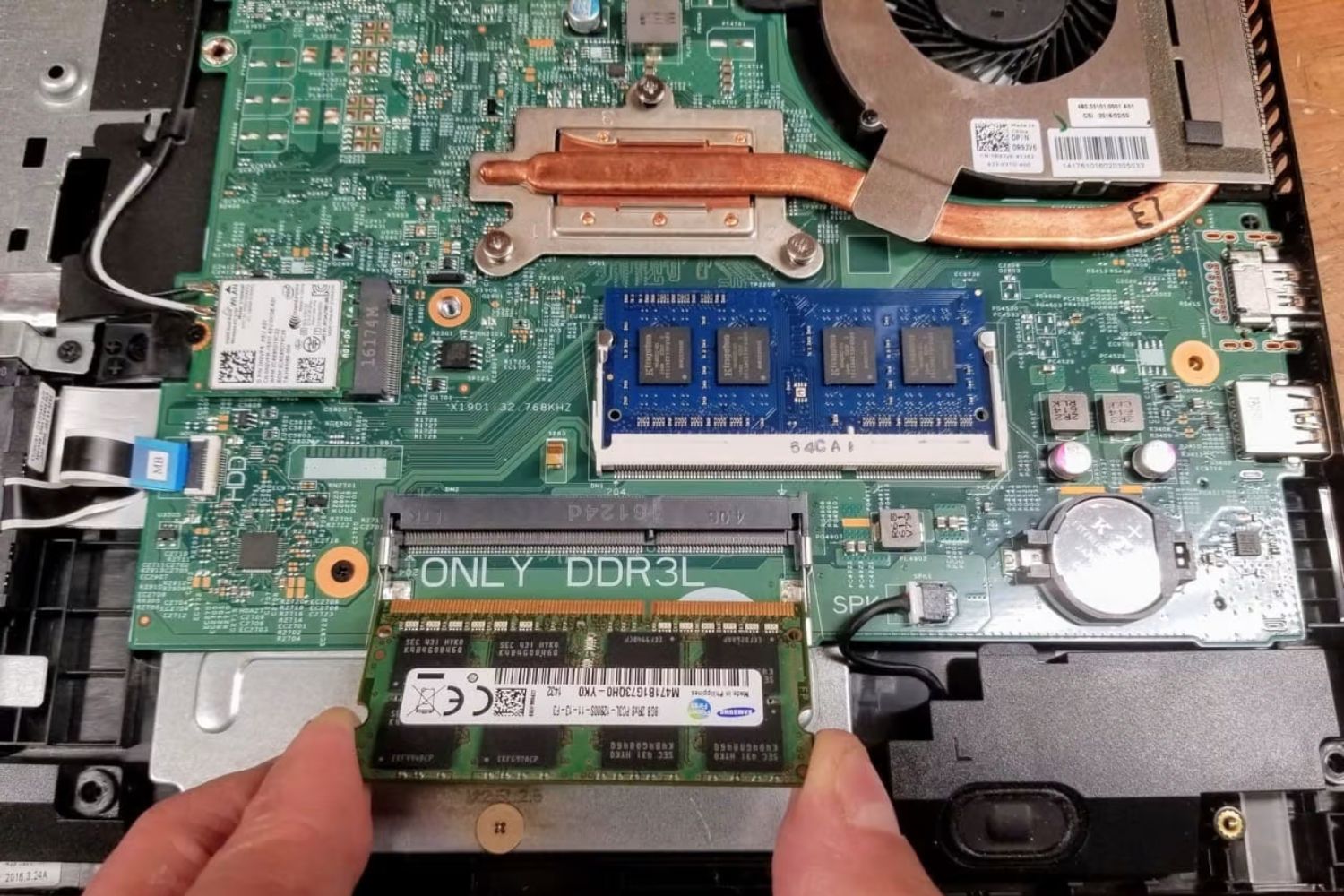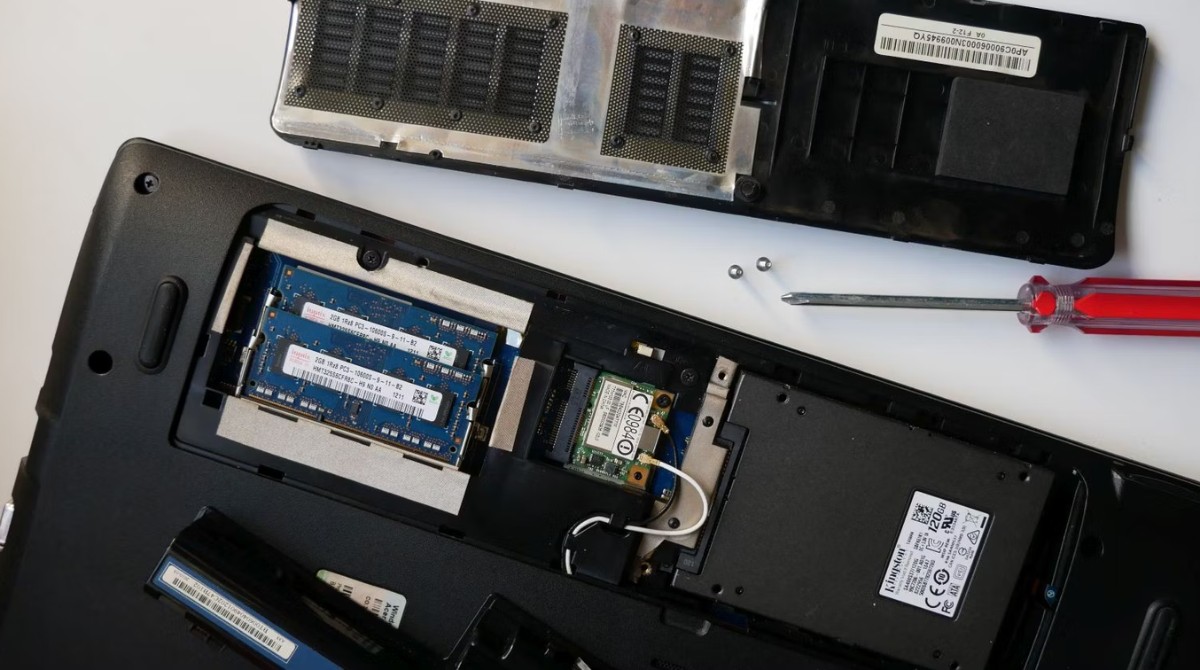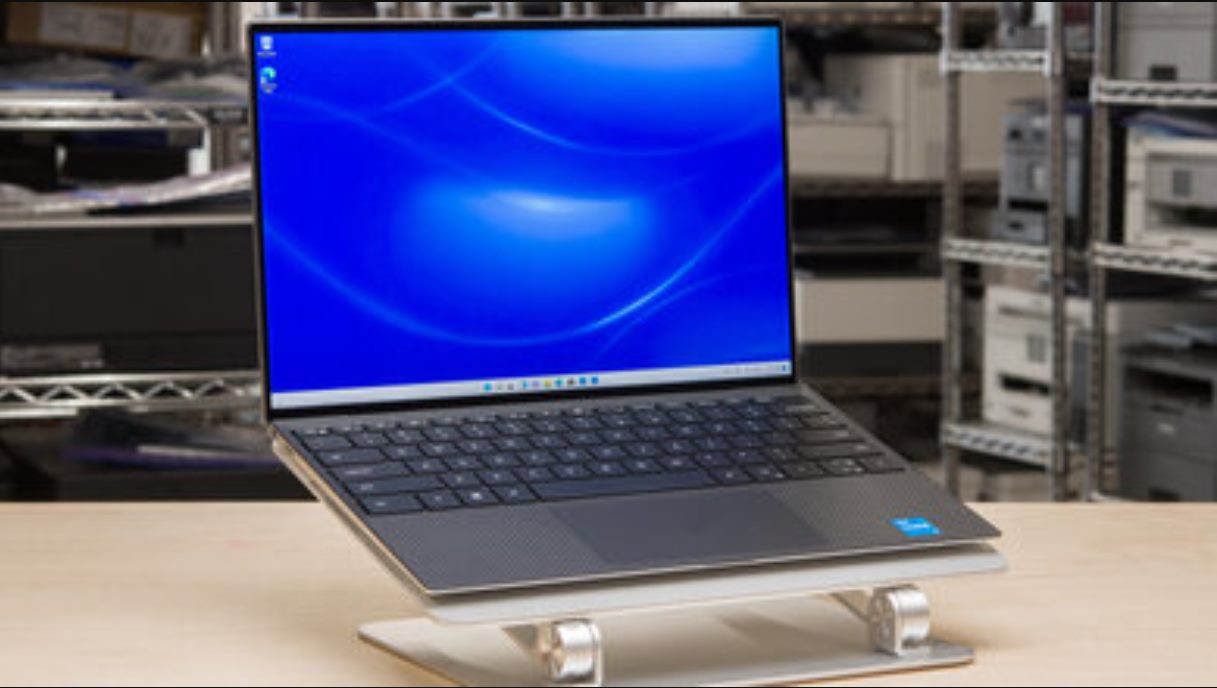Reasons to Turn Off Touch Screen on Dell Laptop
The touch screen feature on Dell laptops can be incredibly useful for tasks such as navigating through applications, scrolling, and zooming. However, there may be situations where you might want to disable the touch screen functionality. Here are a few reasons why you might consider turning off the touch screen on your Dell laptop:
- 1. Accidental Touches: One of the main reasons people choose to disable the touch screen is to prevent accidental touches. When working on a laptop, especially in a confined space or during intense typing sessions, your palms or fingers may inadvertently touch the screen, causing unintended actions or disruptions to your workflow.
- 2. Battery Life: The touch screen functionality requires additional power to operate. By disabling the touch screen, you can potentially extend your Dell laptop’s battery life. This is especially useful when you’re working in an environment where power outlets are scarce, or when you’re using your laptop for extended periods away from a power source.
- 3. Increased Precision: Some tasks, such as graphic design or precision-based activities, may require more precise input methods like a stylus or mouse. Disabling the touch screen can help in these scenarios, as it allows you to have better control over your cursor’s movements without the interference of accidental touch gestures.
- 4. Screen Protection: Regular touching and tapping on the screen can gradually wear down the display, leading to potential issues like scratches or dead pixels. By disabling the touch screen, you can help preserve the longevity and quality of your Dell laptop’s screen, ensuring it remains in optimal condition for longer durations.
- 5. Personal Preference: Ultimately, personal preference plays a significant role in deciding whether to disable the touch screen feature on your Dell laptop. Some individuals simply prefer using the traditional keyboard and mouse combination and find the touch screen interface to be less intuitive for their specific needs.
Now that you’re aware of the reasons to turn off the touch screen on your Dell laptop, let’s explore the steps to do so in different versions of Windows.
How to Disable Touch Screen on Dell Laptop in Windows 10
Disabling the touch screen feature on your Dell laptop in Windows 10 is a straightforward process. Here are the steps to follow:
- Open the “Device Manager” by pressing the Windows key + X and selecting “Device Manager” from the menu that appears.
- In the Device Manager window, expand the “Human Interface Devices” category.
- Locate and right-click on the “HID-compliant touch screen” or a similar entry with “touch screen” in its name.
- Select “Disable device” from the context menu.
- A warning message will appear asking if you’re sure you want to disable the device. Click “Yes” to proceed.
- Once disabled, the touch screen functionality will be turned off on your Dell laptop.
If you ever want to re-enable the touch screen, simply follow the same steps, but choose “Enable device” instead of “Disable device” in the Device Manager.
It’s important to note that the steps provided are specific to Windows 10. If you’re using a different version of Windows, the process may vary slightly. Now you can enjoy using your Dell laptop without any unwanted touch screen interactions.
Steps to Turn Off Touch Screen on Dell Laptop in Windows 8/8.1
If you’re using Windows 8 or 8.1 on your Dell laptop, disabling the touch screen feature is a bit different compared to Windows 10. Here’s how you can do it:
- Press the Windows key + X to open the Power User menu.
- Select “Device Manager” from the list.
- In the Device Manager window, expand the “Human Interface Devices” category.
- Look for the “HID-compliant touch screen” or a similar entry relating to the touch screen.
- Right-click on the touch screen entry and select “Disable” from the context menu.
- A confirmation message will appear. Click “Yes” to confirm the action.
- The touch screen functionality will now be disabled on your Dell laptop running Windows 8 or 8.1.
To re-enable the touch screen at a later time, follow the same steps but select “Enable” instead of “Disable” in the Device Manager.
Keep in mind that the steps provided are specific to Windows 8/8.1. If you’re using a different version of Windows, the process may vary slightly. With these instructions, you can easily toggle the touch screen feature on your Dell laptop based on your preferences and needs.
Disabling Touch Screen on Dell Laptop in Windows 7
If your Dell laptop is running Windows 7 and you wish to disable the touch screen functionality, follow these steps:
- Click on the “Start” button located in the bottom left corner of the screen, then select “Control Panel” from the menu.
- In the Control Panel window, click on “Hardware and Sound.”
- Under the “Tablet PC Settings” section, click on “Pen and Touch.”
- In the “Pen and Touch” window, navigate to the “Touch” tab.
- Uncheck the box labeled “Use your finger as an input device” to disable the touch screen functionality.
- Click on “Apply” and then “OK” to save the changes.
By following these steps, you have successfully disabled the touch screen on your Dell laptop running Windows 7.
If you ever want to re-enable the touch screen, simply revisit the “Pen and Touch” settings and check the box labeled “Use your finger as an input device.”
It’s important to note that the steps provided are specific to Windows 7. If you’re using a different version of Windows, the process may vary slightly. Disabling the touch screen on your Dell laptop can help prevent accidental touches and make your user experience more comfortable.
Using Device Manager to Disable Touch Screen on Dell Laptop
If you prefer to use Device Manager to disable the touch screen feature on your Dell laptop, you can follow these steps:
- Press the Windows key + X on your keyboard to open the Power User menu, then select “Device Manager” from the list.
- In the Device Manager window, locate and expand the “Human Interface Devices” category.
- Look for an entry related to the touch screen, such as “HID-compliant touch screen” or similar.
- Right-click on the touch screen entry and select “Disable” from the context menu.
- A warning message will appear to confirm the action. Click “Yes” to proceed and disable the touch screen.
- Once disabled, the touch screen feature on your Dell laptop will be turned off.
If you ever wish to re-enable the touch screen, simply repeat the steps above, but this time select “Enable” instead of “Disable” in the Device Manager.
Using Device Manager to disable the touch screen offers a quick and efficient way to control this functionality on your Dell laptop. Whether you require it for specific tasks or prefer using other input methods, this method allows you to easily toggle the touch screen feature based on your needs.
Re-Enabling Touch Screen on Dell Laptop
If you have disabled the touch screen feature on your Dell laptop and wish to re-enable it, you can follow these steps:
- Press the Windows key + X on your keyboard to open the Power User menu, then select “Device Manager” from the list.
- In the Device Manager window, locate and expand the “Human Interface Devices” category.
- Look for the entry corresponding to the touch screen, such as “HID-compliant touch screen” or something similar.
- Right-click on the touch screen entry and select “Enable” from the context menu.
- After enabling the touch screen, it will be reactivated on your Dell laptop.
With just a few simple steps, you have successfully re-enabled the touch screen functionality on your Dell laptop.
It’s important to note that if you don’t see the touch screen option in the Device Manager, it’s possible that it may be listed under a different category or under “Human Interface Devices” with a different name. You can try locating it by scanning through the available categories in the Device Manager.
By following these steps, you have gained the ability to easily disable or re-enable the touch screen on your Dell laptop, providing you with flexibility in using the device based on your preferences and specific requirements.







